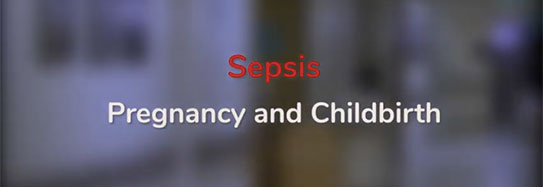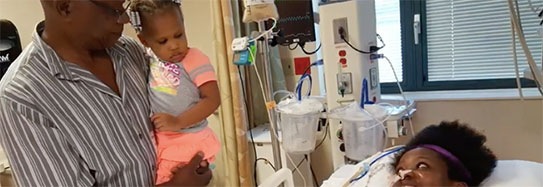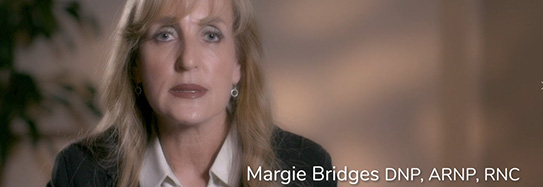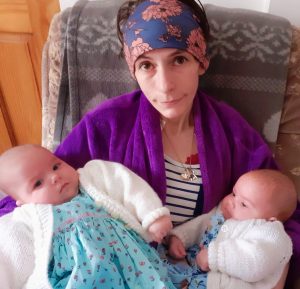Although pregnancy is the same for people worldwide, their safety varies greatly depending on where they live and the type of medical care they receive, if any.
According to the World Health Organization, maternal sepsis refers to sepsis that results “from infection during pregnancy, childbirth, post-abortion, or the postpartum period.” Sepsis, which was often called blood poisoning, is the body’s overwhelming and life-threatening response to infection. Like strokes or heart attacks, sepsis is a medical emergency that requires rapid diagnosis and treatment. Sepsis kills and disables millions, more than breast cancer, lung cancer, and stroke combined.
Sepsis and septic shock can result from an infection anywhere in the body, such as pneumonia, influenza, or urinary tract infections. Worldwide, one-third of people who develop sepsis die. Many who do survive are left with life-changing effects, such as post-traumatic stress disorder (PTSD), chronic pain and fatigue, organ dysfunction (organs don’t work properly), and/or amputations.
Maternal and postpartum sepsis are more common in the developing countries, but they also do strike people in wealthier countries, including in the United States. According to the Centers for Disease Control and Prevention, sepsis is the second leading cause of pregnancy-related deaths. Between 2014 and 2017 infection or sepsis caused 12.7% of pregnancy-related deaths in the United States. Pregnancy-associated sepsis requires early detection, accurate diagnosis, and aggressive treatment. In the United Kingdom, a 2019 study found that sepsis accounted for as many as 25% of all maternal deaths in that country.

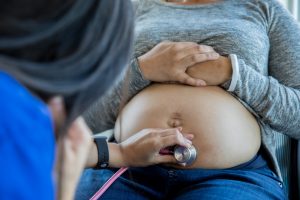
 The
The 
